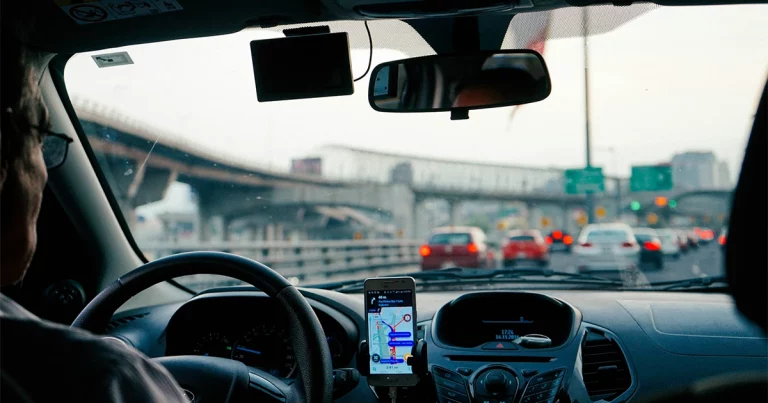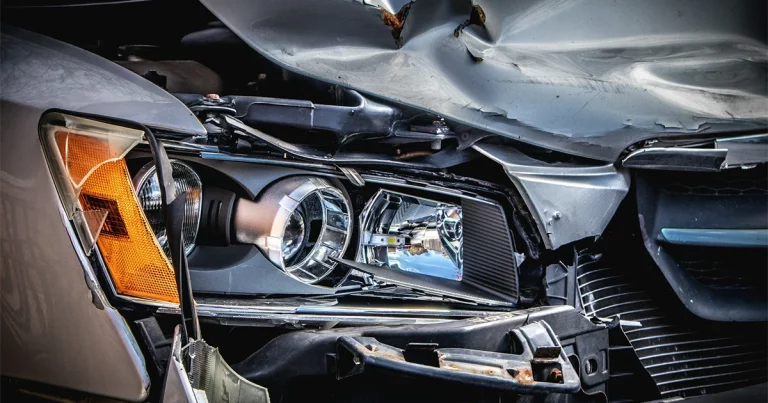Every year, millions of Americans take to the roads to celebrate Thanksgiving, Christmas, New Year’s, and other major holidays. Unfortunately, with this surge in travel comes a sharp rise in car crashes and fatalities. According to the National Highway Traffic Safety Administration (NHTSA) and the National Safety Council (NSC), the holiday season is one of the most dangerous times to drive.
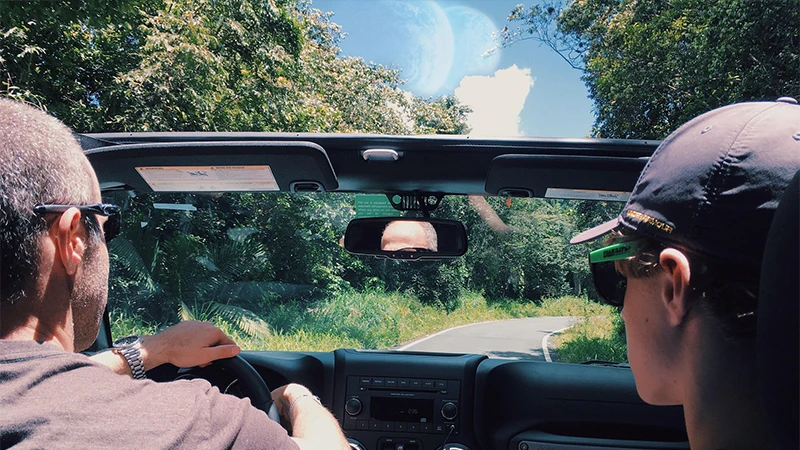
This article explores why Holiday Car Traffic Fatalities increase, which holidays are most dangerous, and how you can protect yourself and your loved ones on the road.
Are There More Car Accidents Around the Holidays?
Yes — studies consistently show that car accidents spike during major U.S. holidays. The NHTSA reports that holiday travel often results in 25–40% more road deaths than on non-holiday days. Factors like drunk driving, fatigue, weather, and heavy traffic all contribute to this alarming trend.
The National Safety Council (NSC) estimated that over 400 people were killed on U.S. roads during the Thanksgiving 2023 holiday period alone, with around 46,000 serious injuries nationwide.
If you are reading this because you have already been involved in a holiday car wreck, contact us to help you.
What Holidays Have the Most Car Accidents?
The table below shows recent fatality estimates from NHTSA and NSC for major U.S. holidays:
| Holiday | Average Fatalities per Year | Main Causes | Source |
|---|---|---|---|
| Thanksgiving | 400–500 deaths | Alcohol, drowsy driving, long-distance travel | NSC, NHTSA |
| Christmas | 300–350 deaths | Drunk driving, icy roads, fatigue | NSC, AAA |
| New Year’s | 375–425 deaths | Alcohol impairment, speeding | NSC, NHTSA |
| Fourth of July | 450–550 deaths | Alcohol use, high travel volume | NSC, DOT |
| Memorial Day | 400–480 deaths | DUI, speeding, start of summer travel | NSC |
| Labor Day | 420–460 deaths | Alcohol, congestion, fatigue | NSC |
| Source: |
- National Highway Traffic Safety Administration (NHTSA.gov)
- National Safety Council (NSC.org)
- AAA Foundation for Traffic Safety
As shown, the Fourth of July and Thanksgiving holidays see the highest fatality rates, largely due to alcohol-related crashes and long-distance travel.
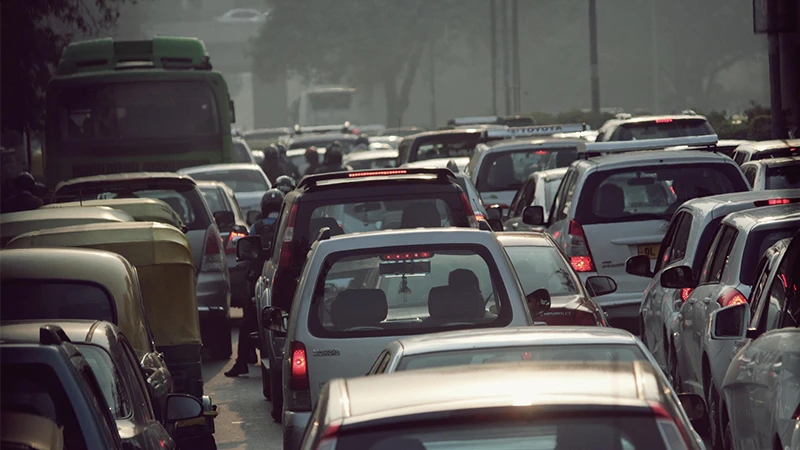
What Month Has the Most Car Accidents?
While holidays cause short-term spikes, the winter months — especially December and January — record some of the most severe traffic accidents. Snow, rain, and reduced daylight increase the risk of collisions.
However, data from NHTSA also shows that August often leads in total crashes each year, due to summer travel and teenage drivers being out of school. So, while the end-of-year holidays are deadly, summer months have their own dangers.
Why Do Car Accidents Increase Around the Holidays?
Several overlapping factors contribute to the rise in holiday car traffic fatalities:
1. Alcohol-Impaired Driving
According to the NHTSA, nearly 40% of all holiday road deaths involve at least one drunk driver. Celebrations often include alcohol, and too many people underestimate their impairment.
In 2023, over 12,000 people died in alcohol-related crashes — the equivalent of one death every 45 minutes.
2. Fatigue and Drowsy Driving
Holiday travel frequently involves long distances, overnight drives, or back-to-back social events. Drowsy driving can be as dangerous as drunk driving, slowing reaction times and impairing judgment.
3. Increased Traffic Volume
AAA predicted that over 115 million Americans traveled 50 miles or more during the 2023 holiday season, with 89% traveling by car. More vehicles mean higher congestion, slower response times, and more opportunities for collisions.
4. Adverse Weather Conditions
Rain, snow, and ice are common during winter holidays, especially across northern states. The Federal Highway Administration estimates that 24% of weather-related crashes occur on snowy or icy roads.
5. Distracted Driving
Texting, GPS use, or managing children during long drives contributes to rising accident rates. A 2024 Insurance Institute for Highway Safety (IIHS) survey found that 1 in 3 drivers admitted to checking their phone while driving during holiday trips.
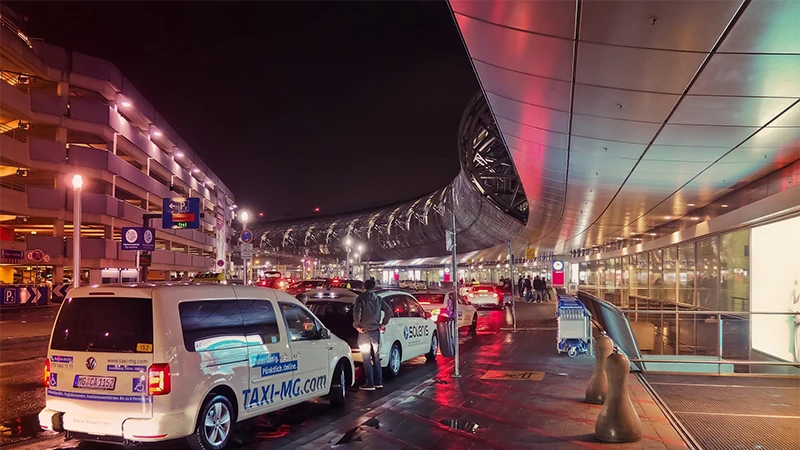
Why Is There So Much Traffic During the Holidays?
The short answer: everyone’s traveling at once. The end-of-year holidays coincide with school breaks, office closures, and family gatherings. According to INRIX Traffic Data (2023), traffic delays in major U.S. cities increased by up to 45% during the Christmas week compared to average weeks.
Peak congestion typically occurs:
- The day before Thanksgiving
- December 23rd
- New Year’s Eve afternoon
If you find yourself in one of these heavy-traffic periods, try to travel early in the morning or late at night to avoid the worst congestion.
How to Stay Safe During Holiday Travel
- Avoid drinking and driving. Designate a sober driver or use rideshare apps.
- Plan your route. Check weather forecasts and road conditions before you leave.
- Take rest breaks every 2–3 hours. Combat fatigue with short stops or driver swaps.
- Secure your vehicle. Make sure tires, wipers, and lights are in good condition.
- Limit distractions. Put your phone on “Do Not Disturb” mode while driving.
6. Drive defensively. Expect sudden stops or reckless behavior from others.
When to Contact a Lawyer After a Holiday Accident
If you or someone you love has been injured in a holiday car accident, you may be entitled to compensation for medical bills, lost wages, and pain and suffering.Find Out How Much You Can Sue for a California Car Accident
Free Car Injury Settlement Calculator
Estimated Settlement Range
Please enter your data to see estimate
This guide explains how the Accident Settlement Calculator works and what factors influence your potential compensation. Click here to learn more in our detailed calculator guide
Conclusion
Holiday car traffic fatalities remain a serious — but preventable — problem. Increased alcohol consumption, fatigue, and congestion make the roads riskier during festive seasons.
By staying alert, planning ahead, and making responsible driving choices, you can help ensure that your celebrations don’t end in tragedy.



